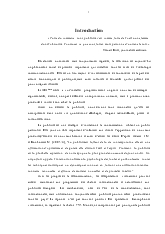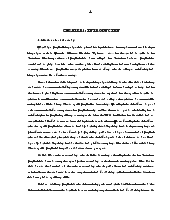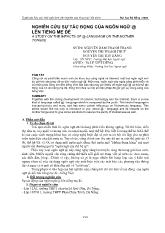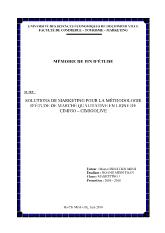English dictation tests for first year students of business administration faculty, hanoi foreign trade university problems & solutions
- Người chia sẻ : vtlong
- Số trang : 80 trang
- Lượt xem : 9
- Lượt tải : 500
Các file đính kèm theo tài liệu này
 LV-body-sua.doc
LV-body-sua.doc
- Tất cả luận văn được sưu tầm từ nhiều nguồn, chúng tôi không chịu trách nhiệm bản quyền nếu bạn sử dụng vào mục đích thương mại
Bạn đang xem trước 20 trang tài liệu English dictation tests for first year students of business administration faculty, hanoi foreign trade university problems & solutions, để xem tài liệu hoàn chỉnh bạn click vào nút DOWNLOAD LUẬN VĂN ở trên
English started being taught in Vietnam in secondary schools and universities about half a century ago as a potentially important foreign language. The teaching of English in Vietnam has always followed the world’s theoretical frameworks of English Language Teaching (ELT), from the grammar translation to audio-lingual methods. For many years, Vietnamese students of English have been good at grammar but could barely speak English.
To meet the increased demand for English for communication in every area, Vietnamese teachers of English have been searching for a more suitable and effective method of teaching, and have come to decide on using the Communicative Language Teaching Approach (CLT) at most levels. The belief underlying this adoption is that learning a language is more than just learning grammatical patterns and rules, and that the students need to be able to use those patterns and rules effectively and appropriately in communication. As a result, communicative in general and listening skill in particular have gained their important role in the curriculum of most English courses nowadays.
Much has been said about the relevance of CLT in Vietnam’s educational setting and its effectiveness in the teaching of listening. However, little has been devoted to the issue of language testing, which is no less crucial than that of language teaching.
According to Kubiszy and Botish (1999), tests are seen as “tools that can contribute importantly to the process of evaluating learners, the curriculum and teaching methods”. As Swain (1984) and Weir (1990) affirm, language testing is highly important since it aims at finding answers to two fundamental questions: (1) How well are students learning? and (2) how effectively are teachers teaching?
Obviously, only good tests can fulfill those tasks. They can help improve teacher teaching and stimulate student learning. Otherwise they can be dangerous. They might turn off students or provide inaccurate results, which fail to reflect learning and teaching process.
Apart from various test item types that are employed to test students of Business Administration Faculty learning English at the Hanoi Foreign Trade University (FTU) such as multiple-choice, true-false, or cloze test ., dictation has been in use for a long time here as a testing device to assess first year students’ listening skill, vocabulary and spelling. However, this type of testing is no longer used in most secondary and tertiary institutions in Vietnam and is considered to be old-fashioned. This leads to the fact that hardly any research has been done on this kind of test, and its role in communication is still a controversial issue. In addition, the reference material for dictation is not available. Therefore, it is a matter of concern to teachers who are in charge of designing and grading dictation tests. First, teachers lack theoretical knowledge of testing in general and dictation test in particular, as well as a sufficient source of materials. This results in inappropriate and too difficult dictation tests, while students lack practice before the tests occur. Second, due to some too difficult and inappropriate dictation tests, the marking system is sometimes not consistent, i.e., there is no standard marking system. Third, so far there has been no official survey on how dictation test is carried out at the FTU, which involves designing the tests, analyzing students’ common mistakes, possible causes, marking styles and results. Therefore it seems too difficult for teachers to improve the situation.
The above-mentioned reasons motivated the author to decide to do this study with the hope that the research will make a modest contribution to the improvement in the testing process especially dictation test, and more importantly, to the development of the FTU.




